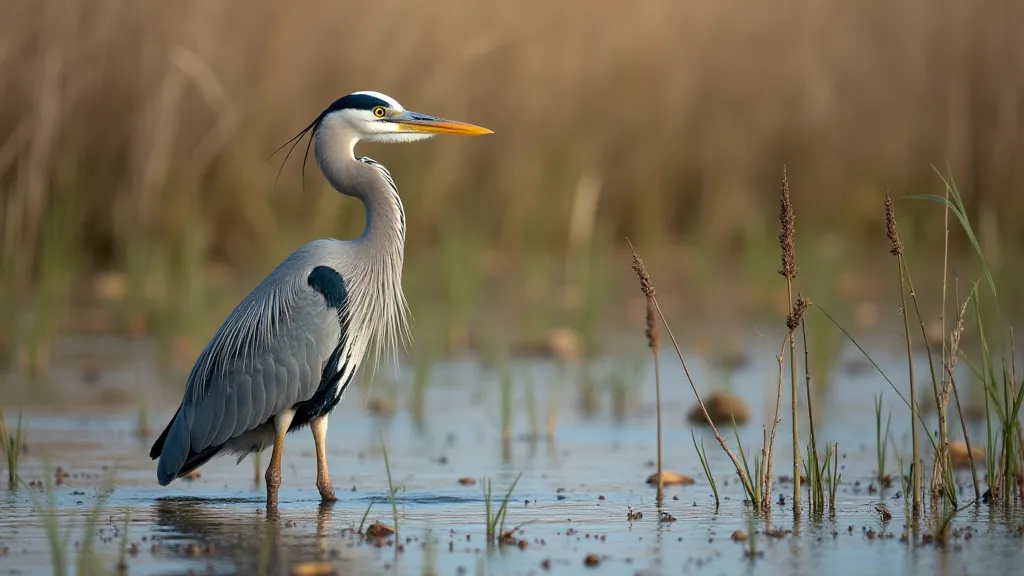Bird Identification 101: Mastering the Basics
Welcome to the wonderful world of bird watching! Identifying birds can seem daunting at first, but with a few key skills and a little practice, you'll be confidently naming those feathered friends flitting through your backyard in no time. This article will cover the fundamentals of bird identification, giving you a strong foundation for your birding journey.
1. Plumage: More Than Just Color
Plumage, or a bird's feather pattern, is often the first thing we notice. However, it’s not always straightforward! Birds can exhibit significant plumage variations based on age, sex, and season.

Consider these factors:
- Male vs. Female: Often, males are more brightly colored than females. For example, the male Northern Cardinal is a brilliant red, while the female is a more muted reddish-brown.
- Immature Birds: Young birds often have duller plumage than adults, often a camouflage pattern.
- Seasonal Changes: Some birds, like the Snowy Owl, have different plumage in winter versus summer.
2. Listen to Their Songs and Calls
Bird songs and calls are invaluable identification tools. Many birds have unique vocalizations that can help pinpoint their species, even when you can’t see them. There are many online resources and apps that can help you learn bird songs. Listen carefully – is the song a series of whistles, trills, or clicks?

Key Vocalization Types:
- Songs: Complex vocalizations often used for attracting mates and defending territory.
- Calls: Shorter, simpler sounds used for communication, such as warnings or contact calls.
3. Observe Behavior: Actions Speak Louder Than Words
How a bird behaves can also provide clues to its identity. Does it hop, walk, or swim? What is it eating? What is its feeding behavior like (gleaning insects from leaves, probing in the ground, catching fish)?

Common Behavioral Clues:
- Feeding Habits: Seed eaters, insectivores, frugivores (fruit eaters), nectar feeders.
- Movement Style: Hopping, walking, soaring, diving.
- Social Behavior: Solitary, flocking, territorial.
4. Habitat is a Huge Clue
Where you see a bird can be a significant identifier. Different birds prefer different habitats. A bird found in a dense forest is unlikely to be the same bird you'd find in a prairie.

Typical Habitats to Consider:
- Forests: Look for warblers, thrushes, and woodpeckers.
- Grasslands: Look for meadowlarks, sparrows, and bobolinks.
- Wetlands: Look for ducks, herons, and egrets.
- Urban Areas: Pigeons, House Finches, and European Starlings are common.
5. Resources to Help You Learn
There are many fantastic resources available to help you improve your bird identification skills. Consider these:
- Field Guides: A physical or digital field guide is an essential tool.
- Birding Apps: Merlin Bird ID (Cornell Lab) and iBird Pro are popular choices.
- Online Birding Communities: Join online forums or Facebook groups to connect with experienced birders.
- Local Birding Organizations: Many regions have birding clubs that offer guided walks and workshops.
Bird watching is a rewarding hobby! With practice and observation, you'll soon be able to confidently identify the birds around you. Happy birding!





